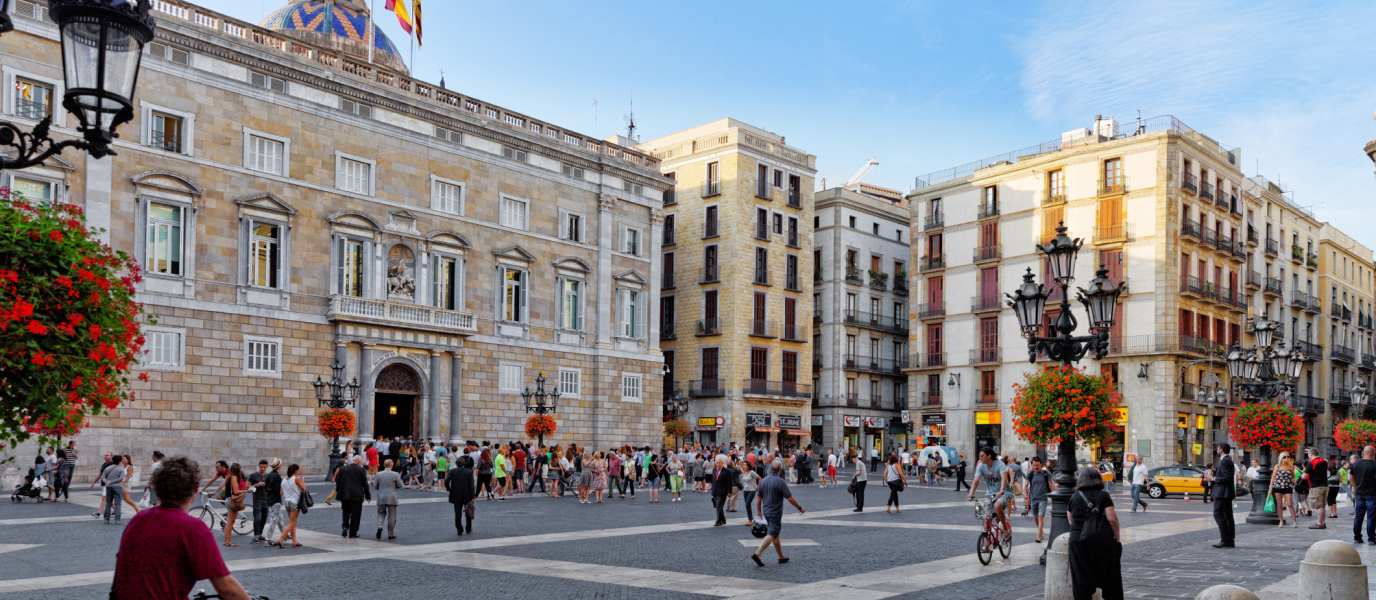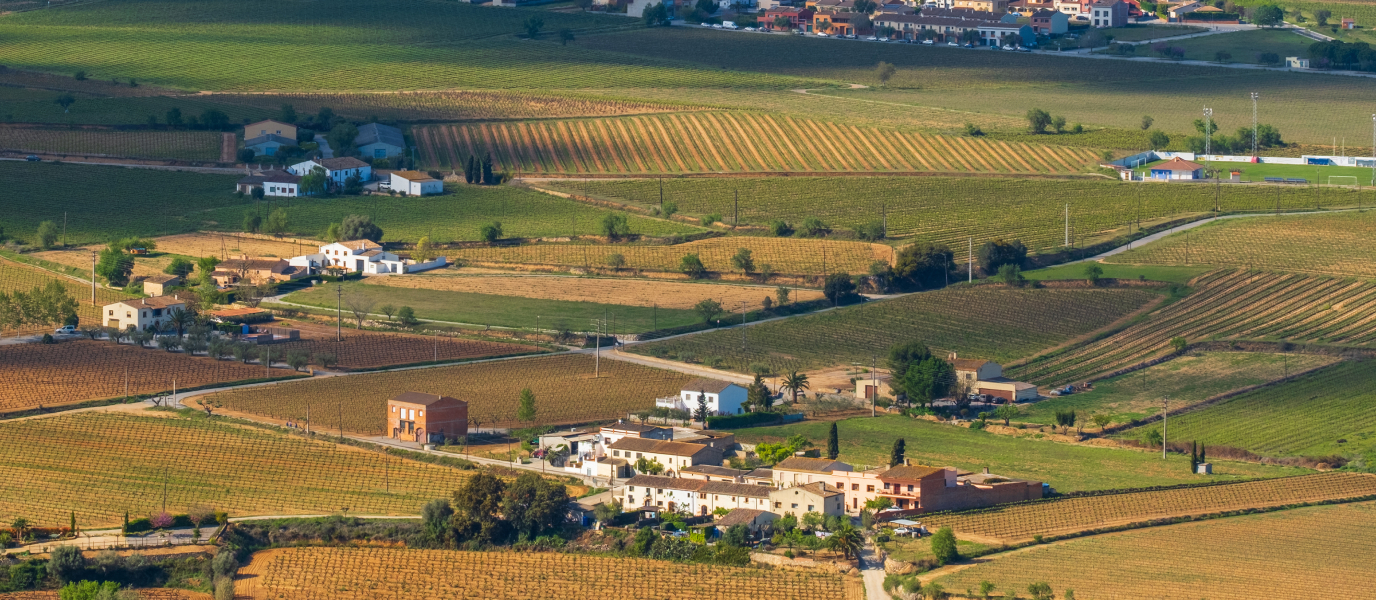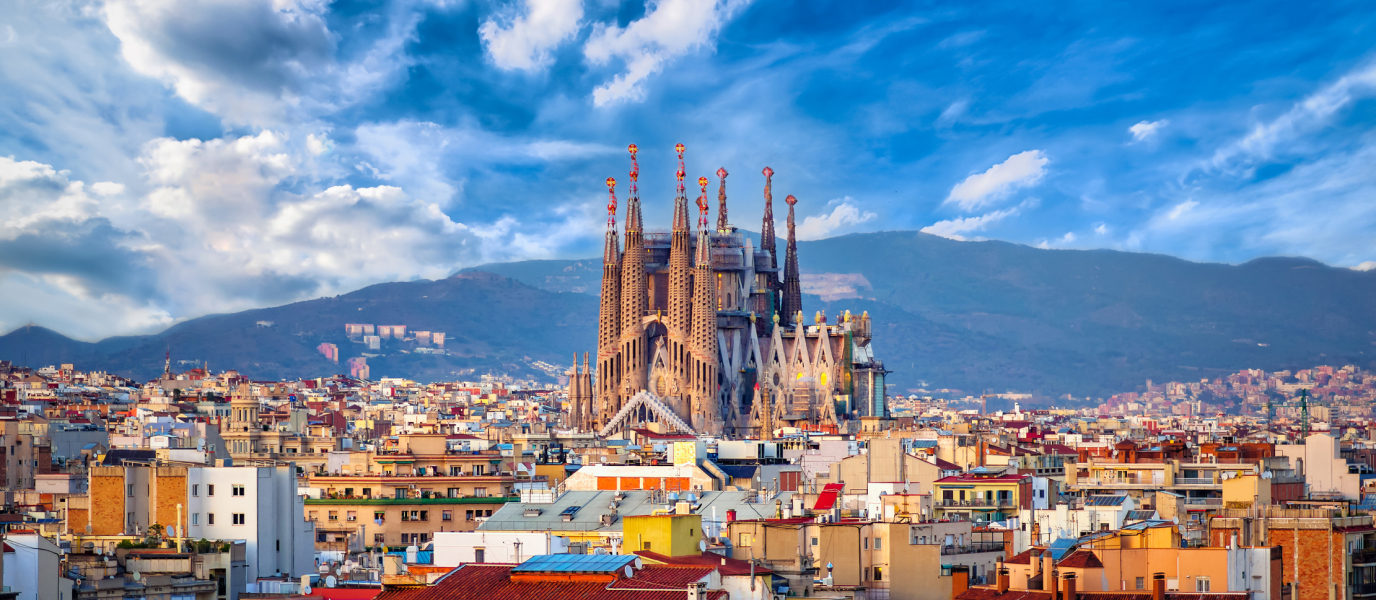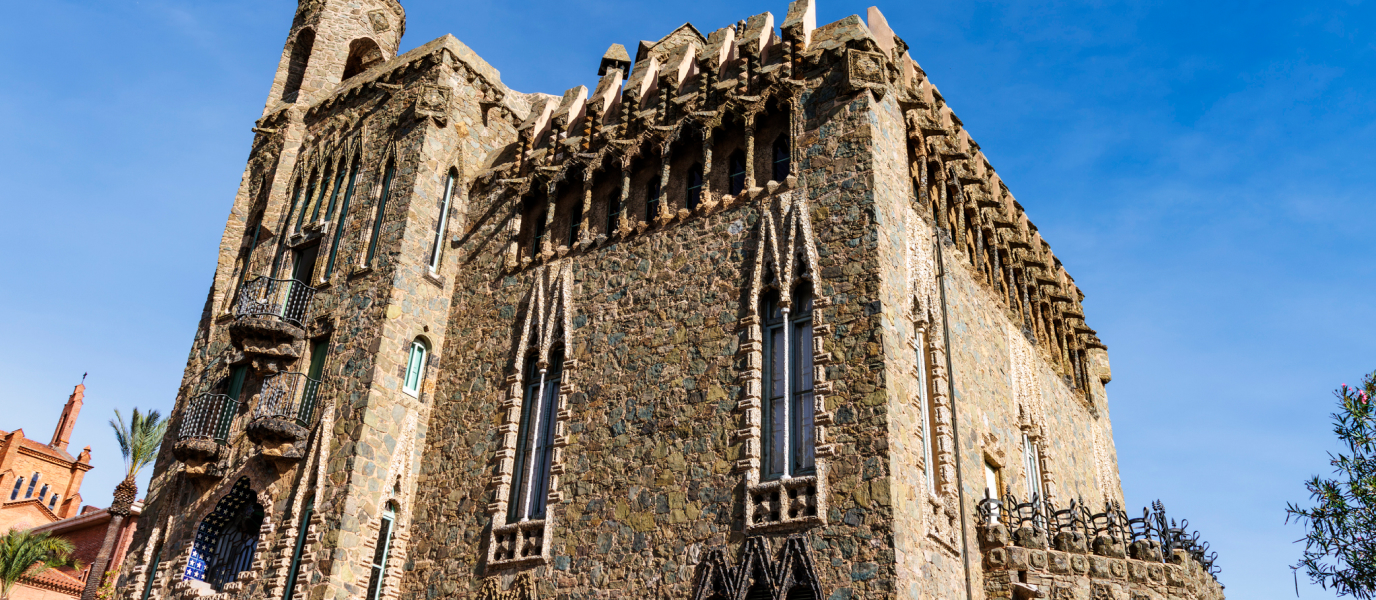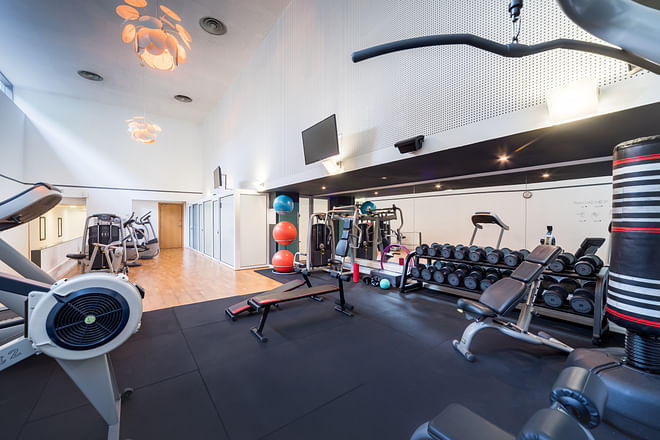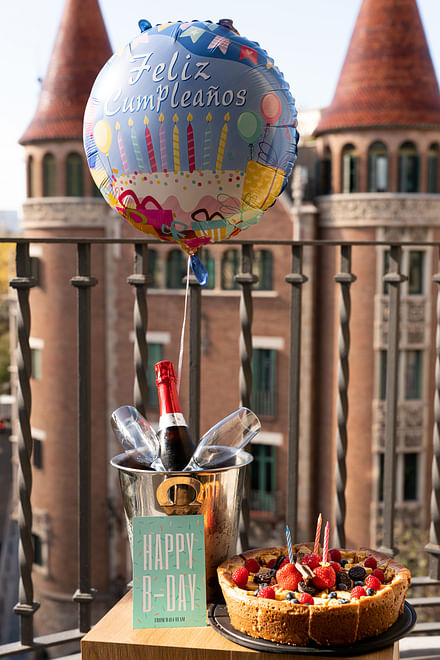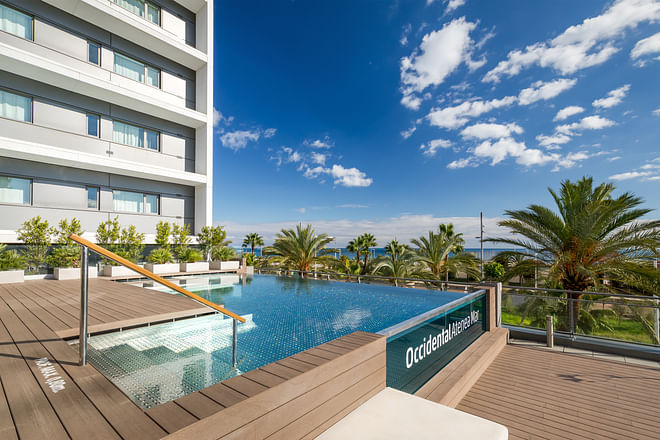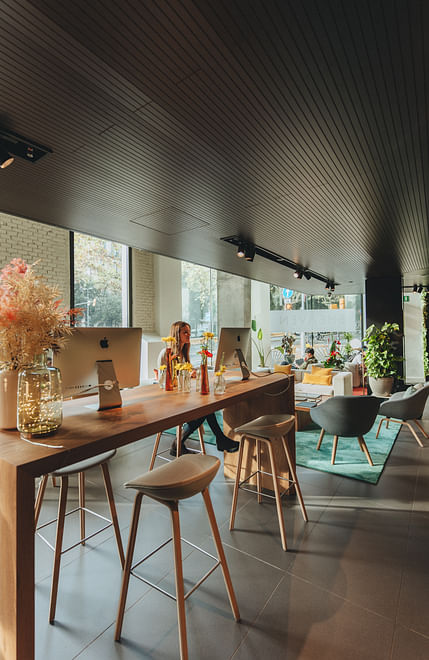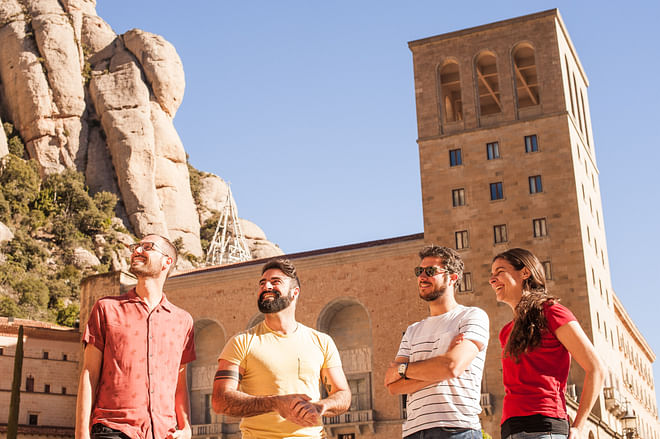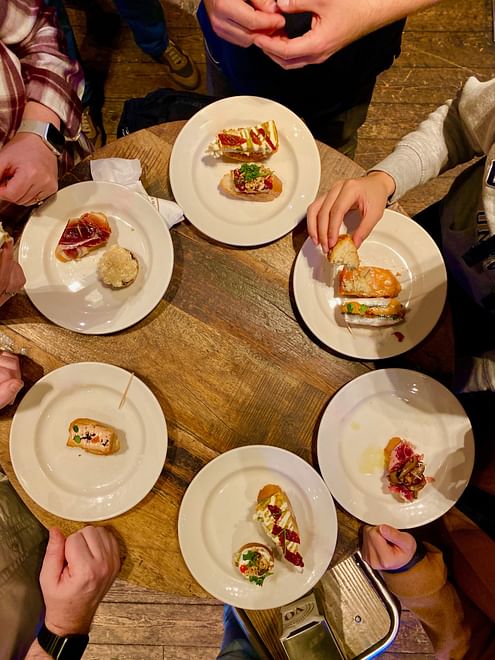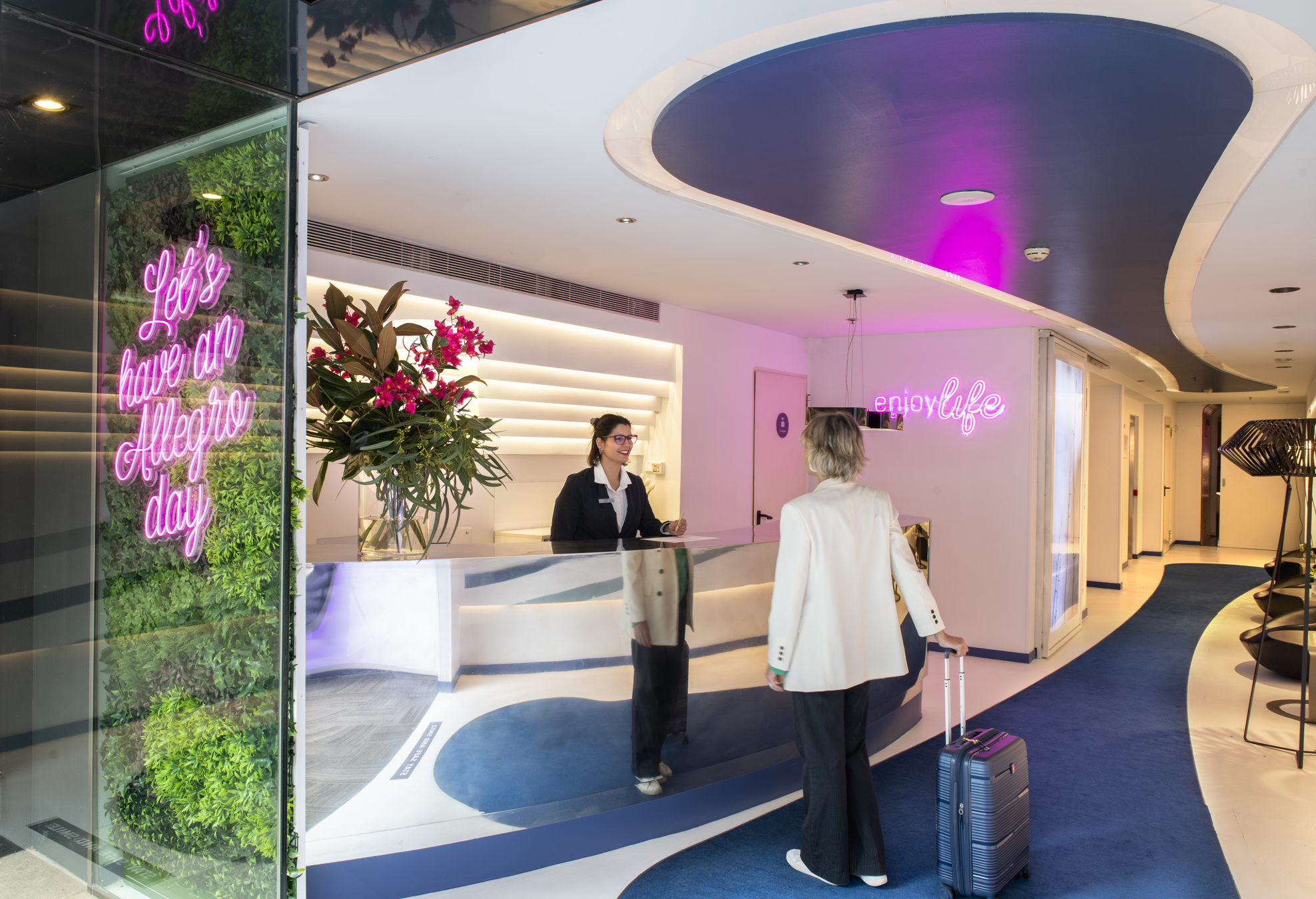Plaça de Sant Jaume is located in the heart of the Gothic Quarter and represents the political and social centre of Barcelona, as it is home to two of the most important institutional buildings in Catalonia: the Barcelona City Council and the Palau de la Generalitat. Visited daily by many tourists, the square serves—due to its central location—as a link with other iconic spaces of the Catalan capital, such as the Cathedral, the Rambla, the Mercat de la Boqueria and El Born, among many others.
In addition, its diaphanous esplanade is used throughout the year as a venue for numerous events, including concerts and activities during La Mercè festival, Festes de Santa Eulàlia, traditional Christmas nativity scenes, citizen demonstrations and football victory celebrations. Of course, it is also the location for the legendary castells: human towers rising several floors high that date back at least two centuries, and which have been recognised in 2006 by UNESCO as Intangible Cultural Heritage of Humanity.
The orings of the plaça de Sant Jaume
It is surprising to discover that the Plaça de Sant Jaume carries out the same political function today that it did more than two thousand years ago. This is because its territory covers the Palau and the City Council, and an equivalent institution was located there in Roman times: the forum, the quintessential political centre of Barcino—the Roman name for Barcelona. Furthermore, if we take a look at the map of Barcelona’s historic centre, we can see that the square is located in the traditional cardus maximus meeting point (current intersection between Llibreteria and Call streets) and the decumanus maximus (now Carrer de la Ciutat and Carrer del Bisbe), the main access roads to the old Roman camp. Although almost all the material of that time has been lost, today we can still see the remains of the Augustus temple that presided over the area. It consists of four Roman columns housed in No. 10 of the nearby Carrer del Paradís, today converted into a subsidiary of the Museu d’Història de Barcelona (MUHBA).
Another interesting story is the number of names that this square has been called. Its current name comes from a former church—Esglèsia de Sant Jaume—erected in its esplanade during the Middle Ages, and whose demolition in 1823 caused by a fire led to the remodelling and inauguration of the square that we know today. However, before that it had other names, such as Plaça de la Constitució, its first, and Plaça de la República, during the brief period of the Second Spanish Republic.
In any case, what nobody can doubt is the strong Catalan symbolism that this square has preserved since time immemorial. To name only some historical events that occurred here, a Catalan State was proclaimed here in 1931. Josep Tarradellas was received here in 1977, following his exile. And, of course, the multitudinous celebrations of FC Barcelona victories have often taken place in this square.
The two most important buidings in the plaça
As we mentioned, the main protagonists of this square are, today, the City Council and the Palau de la Generalitat de Catalunya buildings.
The first, also known as the Casa de la Ciutat, is closest to the sea, and its historical origins can be found in the Consell de Cent, the autonomous governmental institution of Barcelona, in force during the thirteenth to seventeenth centuries. That is why its structure dates from 1369, despite the many subsequent renovations that it has undergone over the centuries. Its main façade—where the clock hangs—is of Neo-classical style, from the renovations it received in 1847, during the general remodelling of the square. On the other hand, the façade that faces Carrer de la Ciutat, has fortunately been able to retain its original appearance, and is a fantastic example of Barcelona’s Gothic style at that time.
For its part, the Palau de la Generalitat, seat of the Presidency of the Government of Catalonia, also dates from the fourteenth century. So much so, that nowadays it is considered one of the few medieval buildings in Europe that still retains the seat of the government that ordered it to be built. One hundred and twenty-eight Catalan presidents have sat here, from Berenguer de Cruïlles in 1359. Its main façade, built in Renaissance style, dates all the way back to 1596 and many similarities can be found and traced to the Campidoglio of Rome, taken as a model during its construction.
And the two columns of Trojan origin that support the main balcony, brought from Tarragona in medieval times to decorate the palace, are a marvel. As is the iconic sculpture of Sant Jordi, placed here in 1872, representing the moment the Roman soldier became a saint, fighting a fearsome dragon.
Activities around the plaça
Finally, it should be noted that a visit to the Plaça de Sant Jaume means also visiting many other important spaces in the Catalan capital. Its location in the heart of the old town allows you to connect with other emblematic neighbourhoods such as the Jewish Quarter El Call, among whose narrow and winding streets lies one of the oldest synagogues in Europe, the Sinagoga Major de Barcelona [the Ancient Synagogue of Barcelona].
Similarly, the nearby Plaça del Rei, less than five minutes’ walk from the Plaça de Sant Jaume, offers the opportunity to visit an impressive Roman site. 4,000 square metres of archaeological remains that allow the visitor to experience the streets of Roman Barcelona, almost touch the ancient city walls and enter a launderette from the second century AD.
Carrer del Bisbe, one of the legendary streets that overlaps the Roman decumanus, connects the Plaça de Sant Jaume with the Catedral de la Santa Creu i Santa Eulàlia, and leads towards a beautiful Gothic bridge that is very representative of the neighbourhood in which it is located.





























































